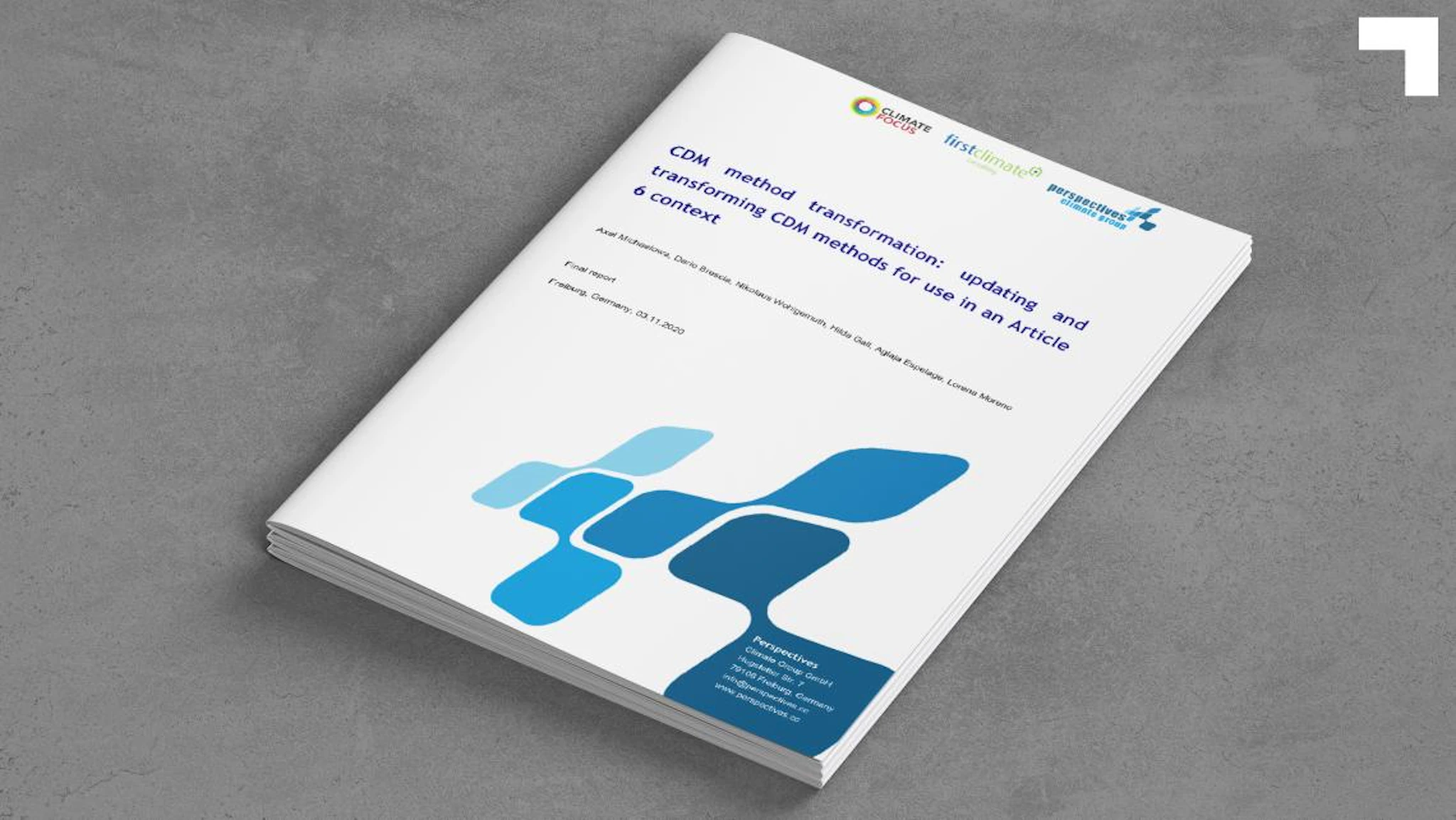ORIGINALLY PUBLISHED ON PERSPECTIVE CLIMATE GROUP. CDM method transformation: updating and transforming CDM methods for use in an Article 6 context.

In the context of crediting mechanisms for emission reduction projects, methodologies define how to set the crediting baseline, to test additionality, and to monitor and quantify emission reductions. They are therefore crucial for ensuring the environmental integrity of the carbon credits issued. The over 250 methodologies approved under the Clean Development Mechanism (CDM) of the Kyoto Protocol to the United Nations Framework Convention on Climate Change (UNFCCC) constitute the most important body of knowledge in this regard. Therefore, these methodologies are often used as a starting point in pilot activities for the use of market mechanisms under Article 6 of the Paris Agreement (PA). Given the absence of agreed rules on Article 6, it is unclear to what extent CDM methodologies will be formally transitioned into the Article 6.4 mechanisms. Under Article 6.2, countries can choose freely what methodologies to apply.
Given that the CDM methodologies were developed prior to the adoption of the PA, they must be adapted or combined with new approaches to ensure that the underlying activity promotes an increase of mitigation ambition and does not jeopardise the achievement of the host country’s Nationally Determined Contribution (NDC). Moreover, given the lack of mandatory rules under the CDM to consider Agenda 2030 and its Sustainable Development Goals (SDGs), reporting and monitoring requirements for sustainable development (SD) contributions are generally absent. Under Article 6, cooperating Parties may wish to see stronger consideration of SD in the activity design and monitoring, reporting and verification (MRV) of SD impacts.
